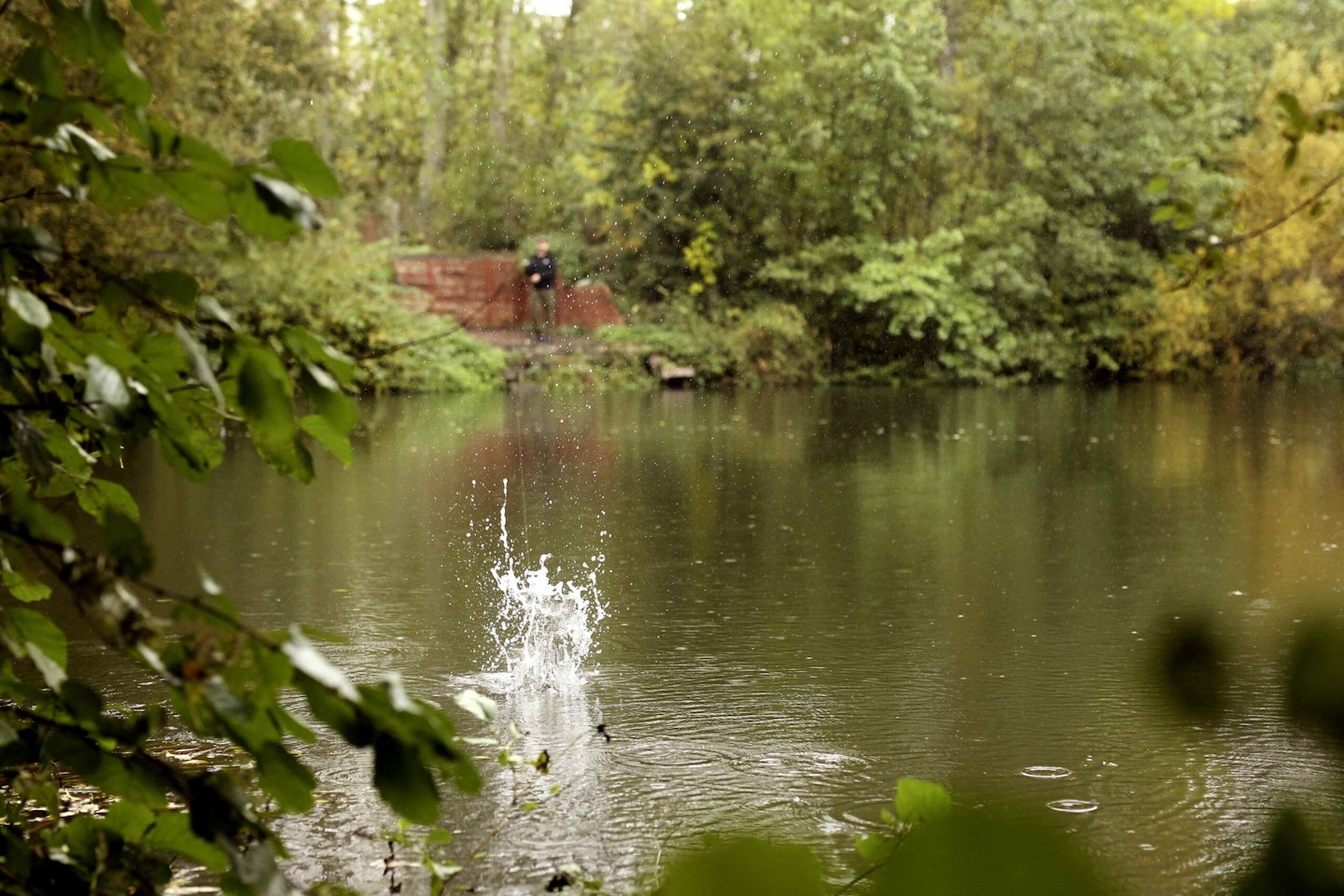As with any species, finding the best areas to target them on a lake will increase your chances of catching and not catching. Carp are no different, if anything they can be very picky at times as to where they will feed and where they won't. This can depend on a number of factors such as time of year, weather conditions and how much pressure there is on the lake, as carp that see a lot of anglers behave very differently to those that don't.
If you are walking onto a lake for the first time or are just unsure where to find the carp on your club or syndicate water, there are definitely areas that carp just love to spend their time in. Here are some of those features to target.
THIS HELPFUL ARTICLE WILL EXPLAIN HOW TO FINS THE BEST SPOTS TO FISH ON FOR CARP!
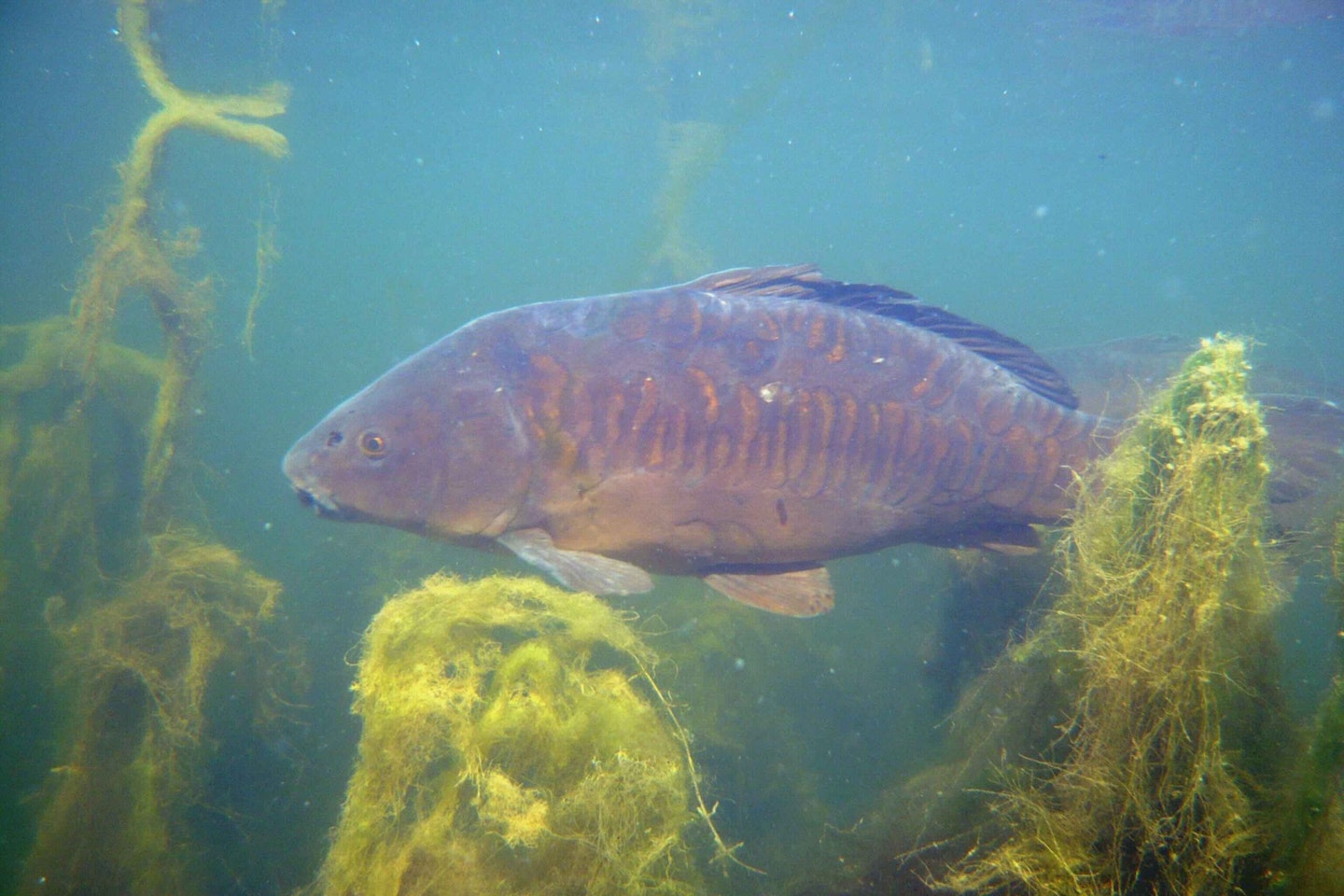
Windward end
It’s well known that carp often follow the wind, but not all winds are the same, and they can affect how the carp react. The best wind conditions are usually a southerly or south-westerly wind due to the warmer air and stronger gusts, which help turn the water over and oxygenate it. If you can get ahead of the fish and position yourself before the wind changes, you’ll often catch them as they push into the area.
Easterly and northerly winds are typically colder, and the old saying, "When the wind blows from the East, the fish bite least," tends to ring true. In these conditions, you generally want to be on the back of the wind where it’s warmer, especially during the winter months. However, a new wind, regardless of direction, can sometimes be a great one to follow, especially if it has been blowing a certain way for several weeks.
THESE ARE THE BEST WEATHER CONDITIONS TO FISH FOR CARP.

Reedlines
Big reed beds and reed-lined margins are excellent holding areas for carp, especially in the spring as the stems absorb heat from the sun, which then transfers into the water column. If you’ve ever waded in a lake, you may have noticed the significant temperature difference between the water in the reeds and the rest of the lake. This warmth is a magnet for carp as they wake from their winter slumber, providing the perfect spot to raise their body temperature and rub off any leeches from their sides.
Using small, tight traps or a little-and-often feeding approach as close to the reeds as possible can often lead to a bite!
USING ONE OF THE BEST FISHING BIVVIES WILL KEEP YOU COMFORTABLE REGARDLESS OF THE WEATHER.

The middle
Depending on the size of the venue, this is generally one of the safest areas for the fish. On most lakes, you will often get a zone or 'no mans land' where the fish can't be fished for and believe us when we tell you, they are fully aware of this! If a lake is particularly busy, you can almost guarantee the fish will push out into this zone and any swims that have access to the water near this area are a great place to target!
A SET OF THE BEST BITE ALARMS WILL ENSURE YOU KNOW EVERYTHING THAT IS HAPPENING IN THE SWIM.
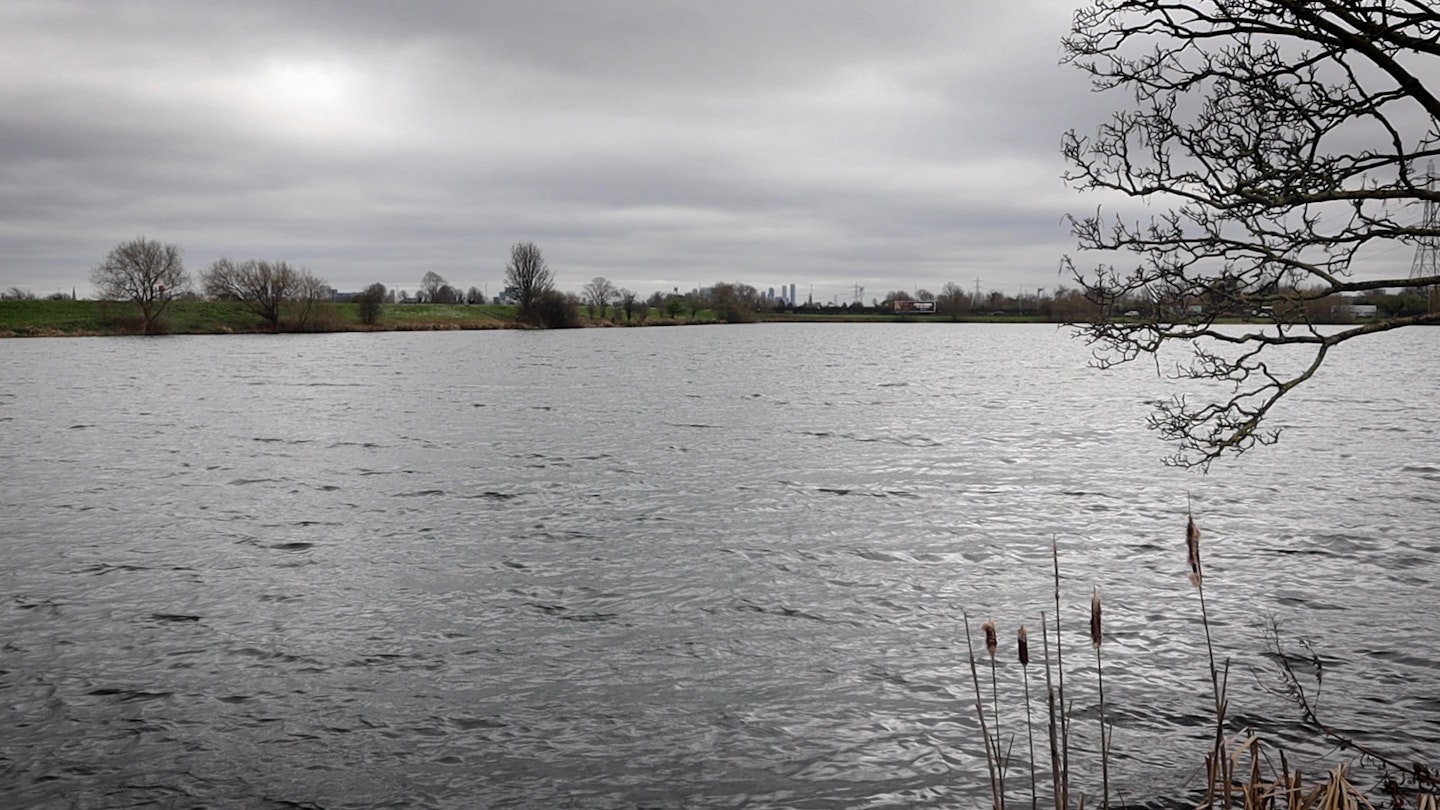
Shallows and weedy bays
Carp love shallow water, particularly when it’s warm and throughout the summer months this can be a key area to target. Heavy baiting will spook them, so keep it light and fish with small traps tight to the bank. Sometimes flicking a small bunch of free-lined maggots or a piece of bread flake can be all it takes to spark some interest and get a bite!
Carp spend a lot of their time in the weed. In the winter it keeps them a bit warmer and offers sanctuary, in the summer it creates an oxygen rich environment which is full of natural food, while providing some protection from angling pressure.
TO GET CARP OUT OF HEAVY WEED, YOU NEED TO USE THE BEST CARP REELS!

Silt bowls
Contrary to what some anglers believe, carp spend a lot of time feeding heavily in the silt, so don’t be afraid of it! While the clean gravel spots we all love to find are great for rig presentation, they aren’t always the best places for carp to locate natural food. In silt, food sources like bloodworms will attempt to bury themselves out of reach of predators, making it a prime feeding area for carp.
Signs such as bubbling and fizzing indicate that carp are actively disturbing the silt layers in search of food. However, this scenario can often be frustrating, as they may become preoccupied, and the suspended silt particles can reduce the visibility in the water, making it harder for them to find your hookbait!
IF YOU AREN'T SURE WHAT RIG TO USE FOR CARP FISHING, HERE ARE SOME OF THE BEST!
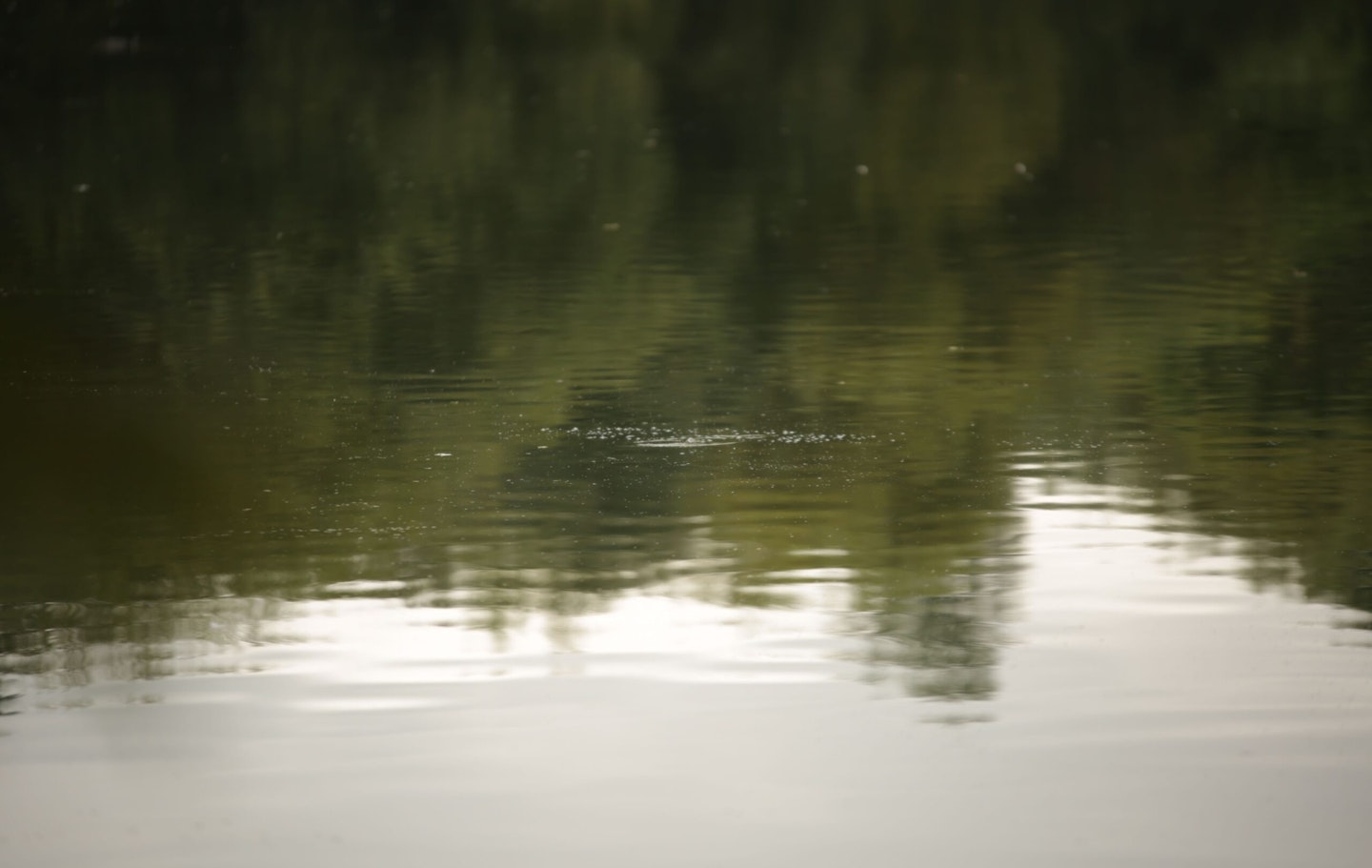
Bars and drop-offs
Any raised area or feature on the bottom of a lake, whether it’s a small mound a meter in diameter or a bar running the entire length of the water, is always worth investigating. Fish of all species are drawn to structure, as it provides sanctuary, a place to flank and spawn, and often alters the water flow, trapping food particles along its edges.
These features act as natural patrol routes for carp, and they will typically swim up and down them at least once during your session in search of food. This means that, at some point, you’ll have a chance of a fish finding your bait!
A SOLID BAG CAN BE A GREAT WAY TO NICK A BITE, HERE ISHOW TO TIE THEM!
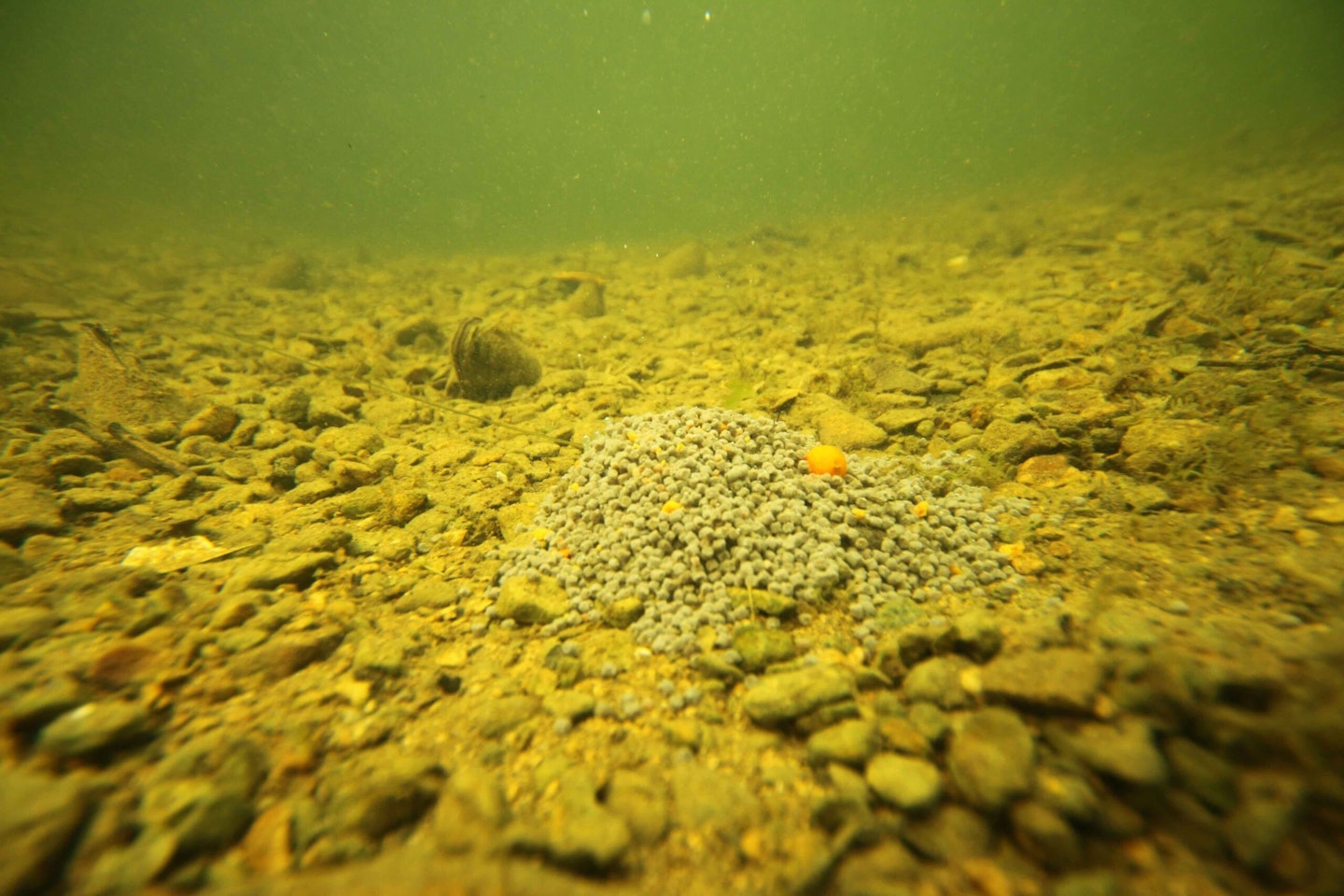
Midwater
Despite being a benthic species (primarily feeding on the bottom), carp actually spend most of their time swimming off the bottom. While they aren’t usually feeding during this time, a well-presented zig rig can sometimes spark their curiosity, tempting them to suck in the suspended bait. Although zigs aren’t every angler’s go-to method, they can be turn a session around when used correctly!
THE BEST FISHING BEDCHAIRS WILL ENSURE YOU GET A GOOD NIGHT'S SLEEP ON THE BANK!
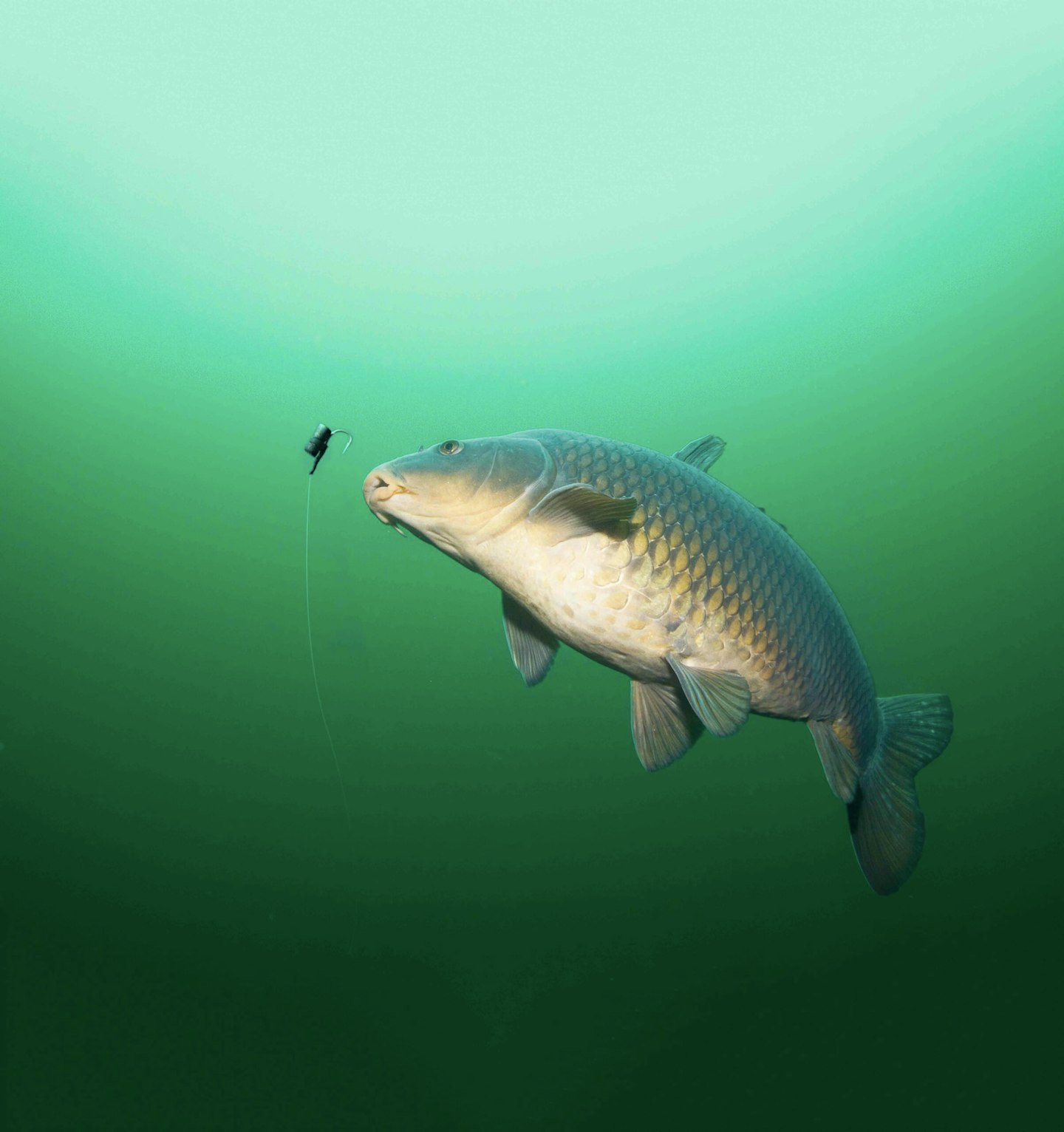
Snags
Snags, particularly on busy lakes or in the depths or winter, can be the best place to fish. Overhanging trees, bushes our out of bounds areas are places where carp feel safe and as long as you fish to snags safely, there is always chance of a bite!
